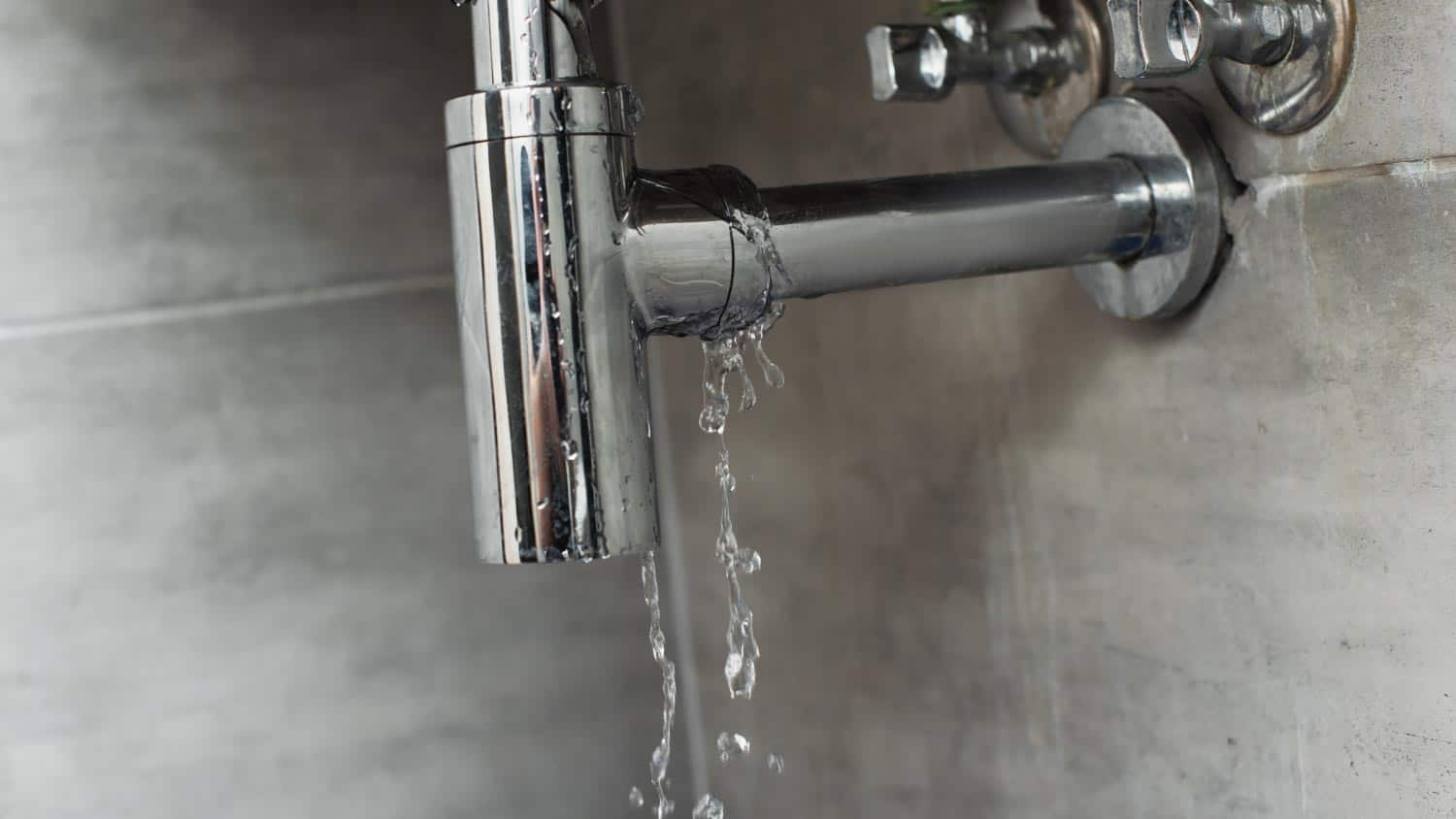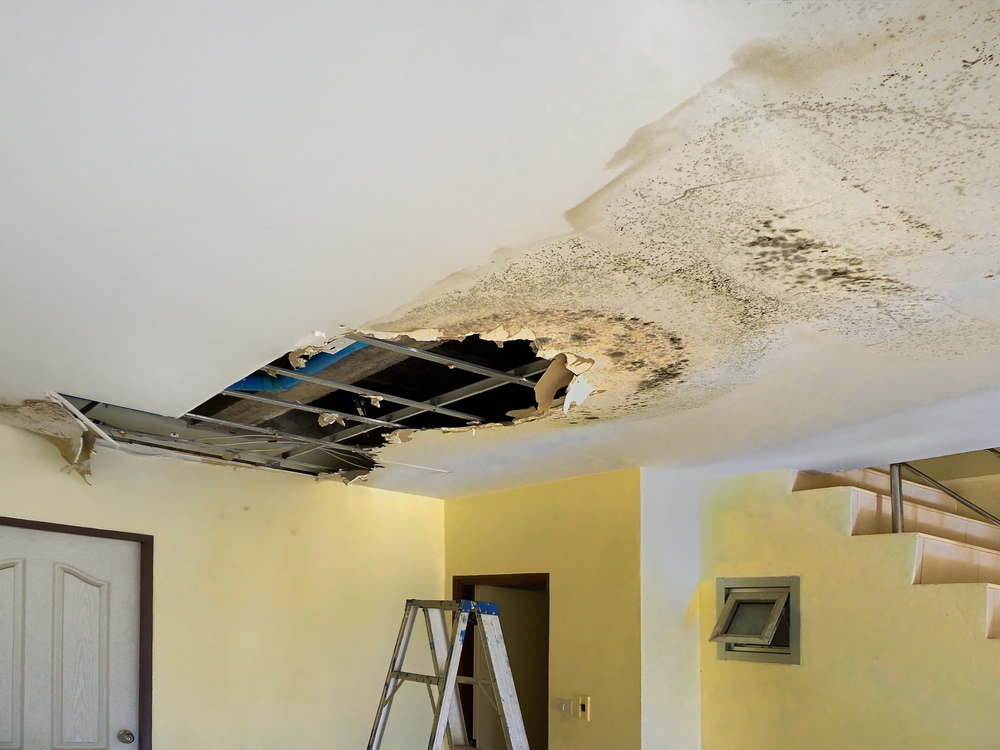How to Check If Your Home Has a Concealed Leakage
How to Check If Your Home Has a Concealed Leakage
Blog Article
The author is making a number of good annotation relating to Hacks to detect leaks in general in this article down below.

Early discovery of leaking water lines can mitigate a prospective catastrophe. In addition to conserving you cash, it will lessen the stress as well as irritation. The moment you discover a leak, calling your plumber for repairs is the most effective service. Nonetheless, some small water leakages may not be visible. If you can not find it with your naked eyes, below are some hacks that assist.
1. Take A Look At the Water Meter
Checking it is a surefire way that aids you uncover leaks. If it relocates, that indicates a fast-moving leakage. This suggests you might have a slow leak that might even be underground.
2. Inspect Water Usage
Evaluate your water expenses and also track your water consumption. As the one paying it, you ought to observe if there are any kind of inconsistencies. If you find sudden changes, regardless of your usage being the same, it implies that you have leakages in your plumbing system. Remember, your water bill ought to drop under the very same array every month. A sudden spike in your expense suggests a fast-moving leakage.
At the same time, a constant boost monthly, even with the very same practices, reveals you have a slow leakage that's also gradually intensifying. Call a plumber to thoroughly inspect your residential property, especially if you feel a warm location on your flooring with piping underneath.
3. Do a Food Coloring Test
When it pertains to water intake, 30% originates from toilets. Test to see if they are running appropriately. Decrease flecks of food shade in the storage tank as well as wait 10 mins. If the shade in some way infiltrates your dish throughout that time without flushing, there's a leakage between the storage tank and bowl.
4. Asses Outside Lines
Do not neglect to examine your exterior water lines also. Examination faucets by attaching a yard hose. Needs to water permeate out of the connection, you have a loosened rubber gasket. Change this as well as make sure all connections are tight. If you've got a sprinkler system, it will certainly aid get it skillfully checked out and preserved each year. One little leakage can throw away lots of water and also increase your water expense.
5. Examine the situation and also check
Property owners should make it a behavior to inspect under the sink counters and also inside cabinets for any kind of bad odor or mold development. These 2 red flags suggest a leakage so timely focus is needed. Doing regular evaluations, also bi-annually, can save you from a major trouble.
If you recognize your home is already old, keep a watchful eye on your heating units, pipes, pipelines and so on. Look for stainings and also weakening as a lot of pipelines as well as devices have a life expectancy. They will certainly likewise normally wear away as a result of deterioration. Do not wait for it to intensify if you believe dripping water lines in your plumbing system. Call a professional plumber right now so you do not wind up with a dreadful mess in your house.
Early discovery of dripping water lines can reduce a prospective calamity. Some tiny water leaks might not be visible. Inspecting it is a proven means that helps you discover leaks. One tiny leak can lose bunches of water and spike your water bill.
If you think leaking water lines in your plumbing system, don't wait for it to escalate.
How to Know If Your Home Has a Hidden Leak
Water Meter Reveals Inexplicable Water Usage
If you’d like to test whether or not there’s a leak somewhere in your home, you can do this using your water meter. Here is how to conduct the test:
Don’t use any water in your home for at least 30 minutes; this also means not turning on faucets or water-using appliances.
Go outside, and check your water meter for activity.
If your water meter shows that there was activity, even though no one was using any water, this proves that there is a leak in your home.
Visible Mold or Mildew Growth
Leaks behind walls create moist, dark environments that allow mold and mildew to grow and thrive. Eventually, you might see mold growth forming on the wall closest to a hidden leak.
If mold is growing in an area that receives a high amount of moisture, such as a bathroom, it may simply be an indication that better ventilation is needed. However, if you see mold growth on a wall or the ceiling in an area where you would not expect, you probably have a hidden leak.
Musty, Mildew Odor
Sometimes you might not be able to see the mold or mildew that is growing as a result of a leak. However, the smell can give the problem away just as easily. If you catch a whiff of something musty, there’s a good chance that old water is collecting somewhere in your home that you can’t see.
Stained/Warped Walls, Ceilings, or Floors
When your home soaks up water, a variety of red flags can become visible, including ceiling stains, bubbling drywall, warped walls, and sagging floors. While these issues can be caused by excess humidity, they can also be signs that a pipe or plumbing connection has started leaking behind your walls.
Inexplicably High Water Bill
After a while, you get a general sense for what your water bill should be. If you own a pool or sprinkler system, your bill will tend to be higher during summer. However, if you receive a water bill that seems especially high, and you can’t figure out what caused it, then you may have a hidden leak somewhere that’s increasing your bill.
https://www.plumbingjoint.com/blog/2019/july/how-to-know-if-your-home-has-a-hidden-leak/

I found that write up on Detecting hidden plumbing leaks when doing a search on the web. Please take a moment to distribute this write-up if you enjoyed it. We enjoy reading our article about Detecting hidden plumbing leaks.
Report this page